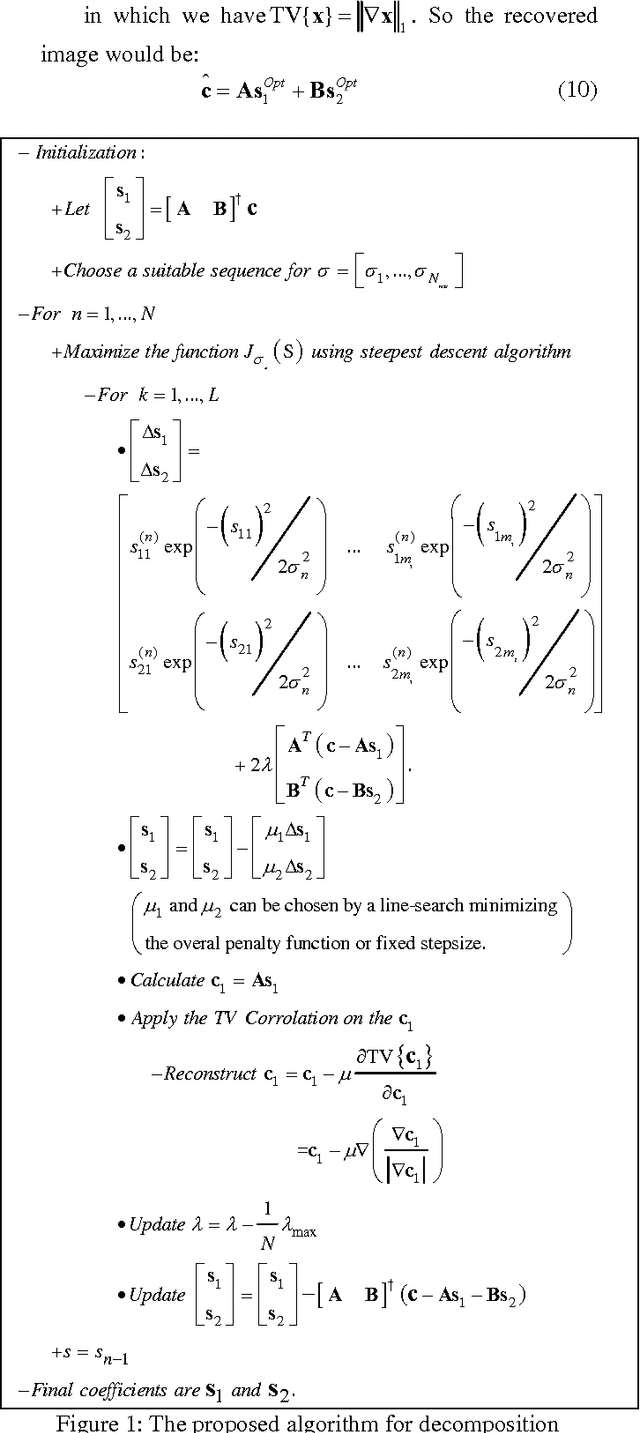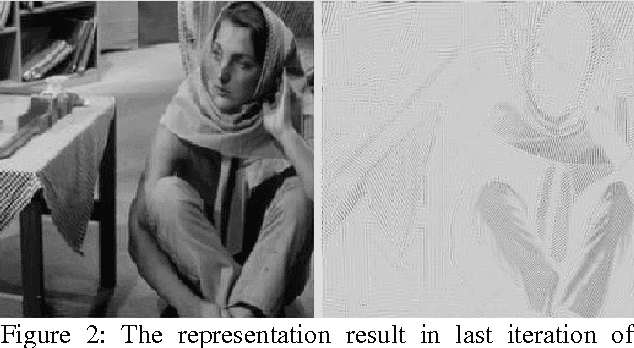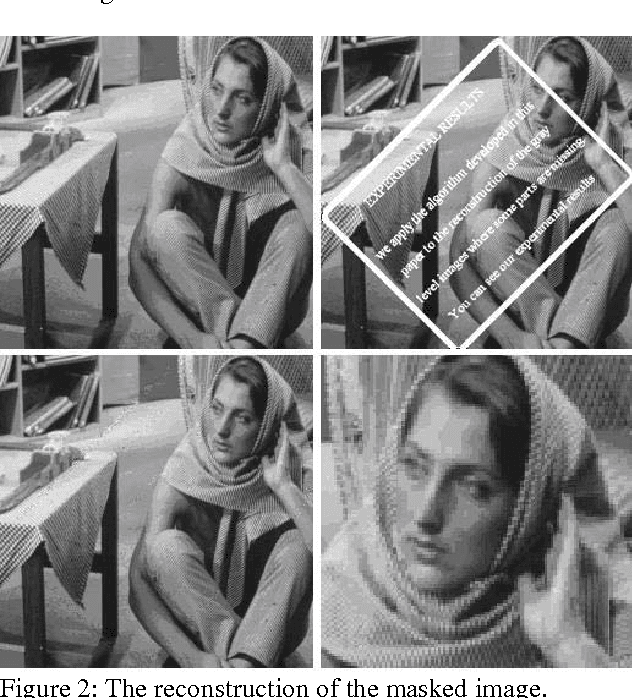Mohammad Nazari
Face Detection Using Adaboosted SVM-Based Component Classifier
Dec 13, 2008



Abstract:Recently, Adaboost has been widely used to improve the accuracy of any given learning algorithm. In this paper we focus on designing an algorithm to employ combination of Adaboost with Support Vector Machine as weak component classifiers to be used in Face Detection Task. To obtain a set of effective SVM-weaklearner Classifier, this algorithm adaptively adjusts the kernel parameter in SVM instead of using a fixed one. Proposed combination outperforms in generalization in comparison with SVM on imbalanced classification problem. The proposed here method is compared, in terms of classification accuracy, to other commonly used Adaboost methods, such as Decision Trees and Neural Networks, on CMU+MIT face database. Results indicate that the performance of the proposed method is overall superior to previous Adaboost approaches.
Feature Selection By KDDA For SVM-Based MultiView Face Recognition
Dec 13, 2008



Abstract:Applications such as face recognition that deal with high-dimensional data need a mapping technique that introduces representation of low-dimensional features with enhanced discriminatory power and a proper classifier, able to classify those complex features. Most of traditional Linear Discriminant Analysis suffer from the disadvantage that their optimality criteria are not directly related to the classification ability of the obtained feature representation. Moreover, their classification accuracy is affected by the "small sample size" problem which is often encountered in FR tasks. In this short paper, we combine nonlinear kernel based mapping of data called KDDA with Support Vector machine classifier to deal with both of the shortcomings in an efficient and cost effective manner. The proposed here method is compared, in terms of classification accuracy, to other commonly used FR methods on UMIST face database. Results indicate that the performance of the proposed method is overall superior to those of traditional FR approaches, such as the Eigenfaces, Fisherfaces, and D-LDA methods and traditional linear classifiers.
Probabilistic SVM/GMM Classifier for Speaker-Independent Vowel Recognition in Continues Speech
Dec 12, 2008


Abstract:In this paper, we discuss the issues in automatic recognition of vowels in Persian language. The present work focuses on new statistical method of recognition of vowels as a basic unit of syllables. First we describe a vowel detection system then briefly discuss how the detected vowels can feed to recognition unit. According to pattern recognition, Support Vector Machines (SVM) as a discriminative classifier and Gaussian mixture model (GMM) as a generative model classifier are two most popular techniques. Current state-ofthe- art systems try to combine them together for achieving more power of classification and improving the performance of the recognition systems. The main idea of the study is to combine probabilistic SVM and traditional GMM pattern classification with some characteristic of speech like band-pass energy to achieve better classification rate. This idea has been analytically formulated and tested on a FarsDat based vowel recognition system. The results show inconceivable increases in recognition accuracy. The tests have been carried out by various proposed vowel recognition algorithms and the results have been compared.
A New Trend in Optimization on Multi Overcomplete Dictionary toward Inpainting
Dec 12, 2008


Abstract:Recently, great attention was intended toward overcomplete dictionaries and the sparse representations they can provide. In a wide variety of signal processing problems, sparsity serves a crucial property leading to high performance. Inpainting, the process of reconstructing lost or deteriorated parts of images or videos, is an interesting application which can be handled by suitably decomposition of an image through combination of overcomplete dictionaries. This paper addresses a novel technique of such a decomposition and investigate that through inpainting of images. Simulations are presented to demonstrate the validation of our approach.
 Add to Chrome
Add to Chrome Add to Firefox
Add to Firefox Add to Edge
Add to Edge